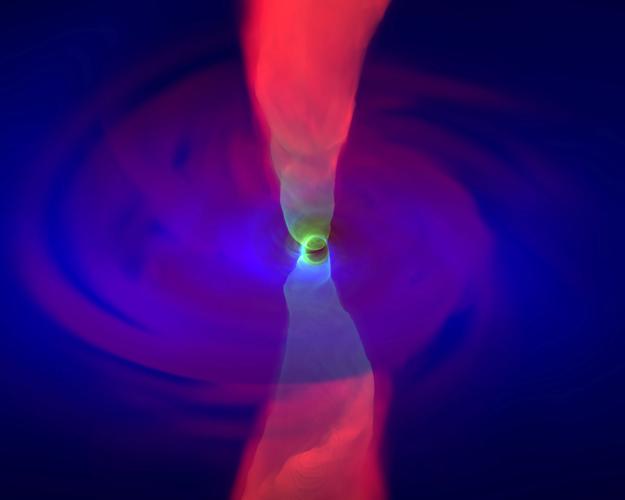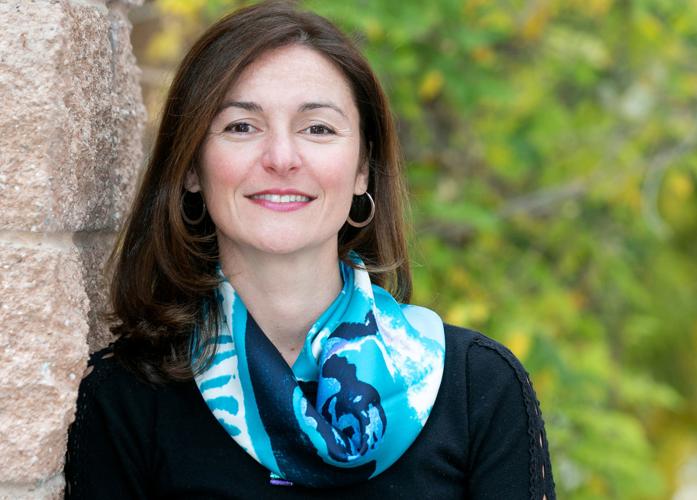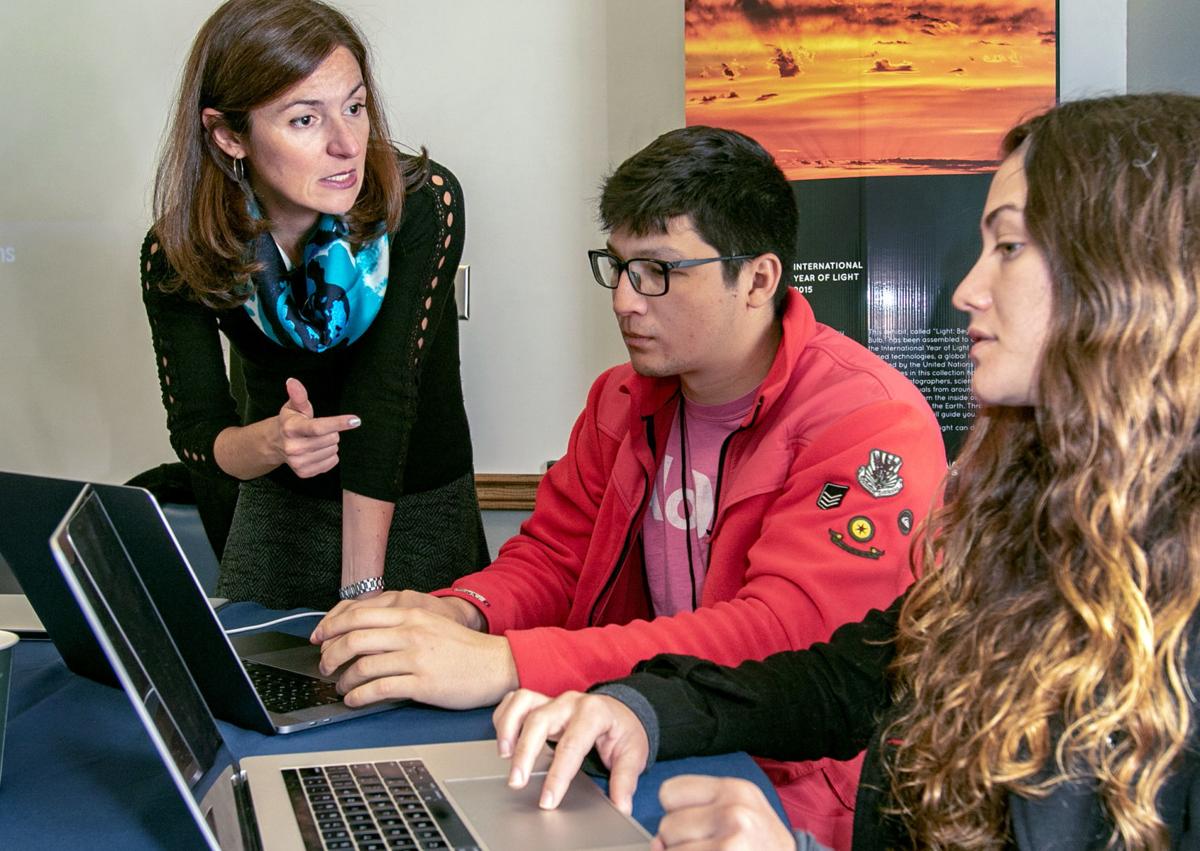For theoretical astrophysicist Feryal Özel, black holes provide a path to answering physics questions that otherwise haven’t been answered.
Özel is a leader of the worldwide Event Horizon Telescope experiment — currently a network of nine radio telescopes across the globe that operate as one Earth-sized array. This spring, the UA will be adding another telescope to the array and operating three of the 10.
The team’s goal is to produce the first-ever image of a black hole, and their first target is a supermassive black hole 53 million light years away in the M87 galaxy.
To achieve the extremely high angular resolution needed for that image, all of the telescopes point to the source at the same time and record data in unison. What they are likely to “see” is a shadow characteristic of a black hole.
“This is an unprecedented experiment in terms of spread-out resources, data and people,” she says.
The team made its first observations in the spring of 2017, and scientists are still analyzing the data. The team makes observations for a couple of weeks each year, at an optimal time for all of the telescope sites.
It takes a long time to combine a petabyte of data — that’s 1 million gigabytes, in terms that are more familiar.
The data from the instruments have to be calibrated, and there are theoretical frameworks to be developed for interpreting that data, she explains.
Özel says the expected discovery could shake up a theory that’s been in place for more than a century.

Visualization of a black hole in space.
“While we love Einstein’s theory of general relativity, we know that it has to break down at some scale because it’s incompatible with how we describe the microscopic world using quantum mechanics,” she says.
General relativity ranks objects as far as how strong their gravity is based on a quantity called the potential and a quantity called curvature.
“Black holes top the scale in terms of both of these,” she says.
“General relativity tells us that to be a black hole, it needs an event horizon that traps light and matter within. If a black hole has an event horizon, it casts a shadow on surrounding emissions. And that is extremely well-defined. It needs to be circular, it needs to be black, it needs to be the right size for the mass of the black hole.
“So if we know the black hole’s mass, there is no ambiguity about how big this shadow should be,” she says.
Özel says the quest is to establish whether these objects have event horizons, and if so, then whether the predictions of general relativity actually are valid. Or if there are alternatives.
“Einstein’s theory has been tested in our solar system, but this is a much different ballgame,” she says. “It would be amazing to validate it in that regime for the first time.”
And if Einstein is correct, Özel says it will still lead to many areas of interpretations, including what a horizon means, what string theory predicts, whether information gets lost from the universe or is stored somewhere.

Dr. Feryal Ozel, professor of astronomy and physics at the University of Arizona.
As an astrophysicist, Özel says she carries out theoretical calculations that help guide the experiments. Depending on particular conditions the team expects in the vicinity of a black hole, it may want to observe more or less frequently, or use one wavelength versus another for the observations.
Özel says early in her physics career she was interested in particle physics and fundamental physics questions, the nature of forces and gravity.
She realized that, “Astrophysics is and has been since I was in grad school in a golden age where our ability to explore the universe in multiple channels is providing us with a lot of fantastic information.
“The universe actually allows us to formulate questions and find the right type of data to answer them. So I started using black holes and neutron stars as a way to answer physics questions that we otherwise can’t answer.”
To help clear her mind and get a fresh perspective, Özel runs long distances. She has a number of marathons under her belt, including the Boston Marathon in 2013, the year of the bombing, and the following year.
“When I get in the rhythm, when my legs are just turning, my mind is free to wander.
“It’s a feeling of freedom and a whole other endeavor that allows me to improve myself. It’s a nice balance.”







